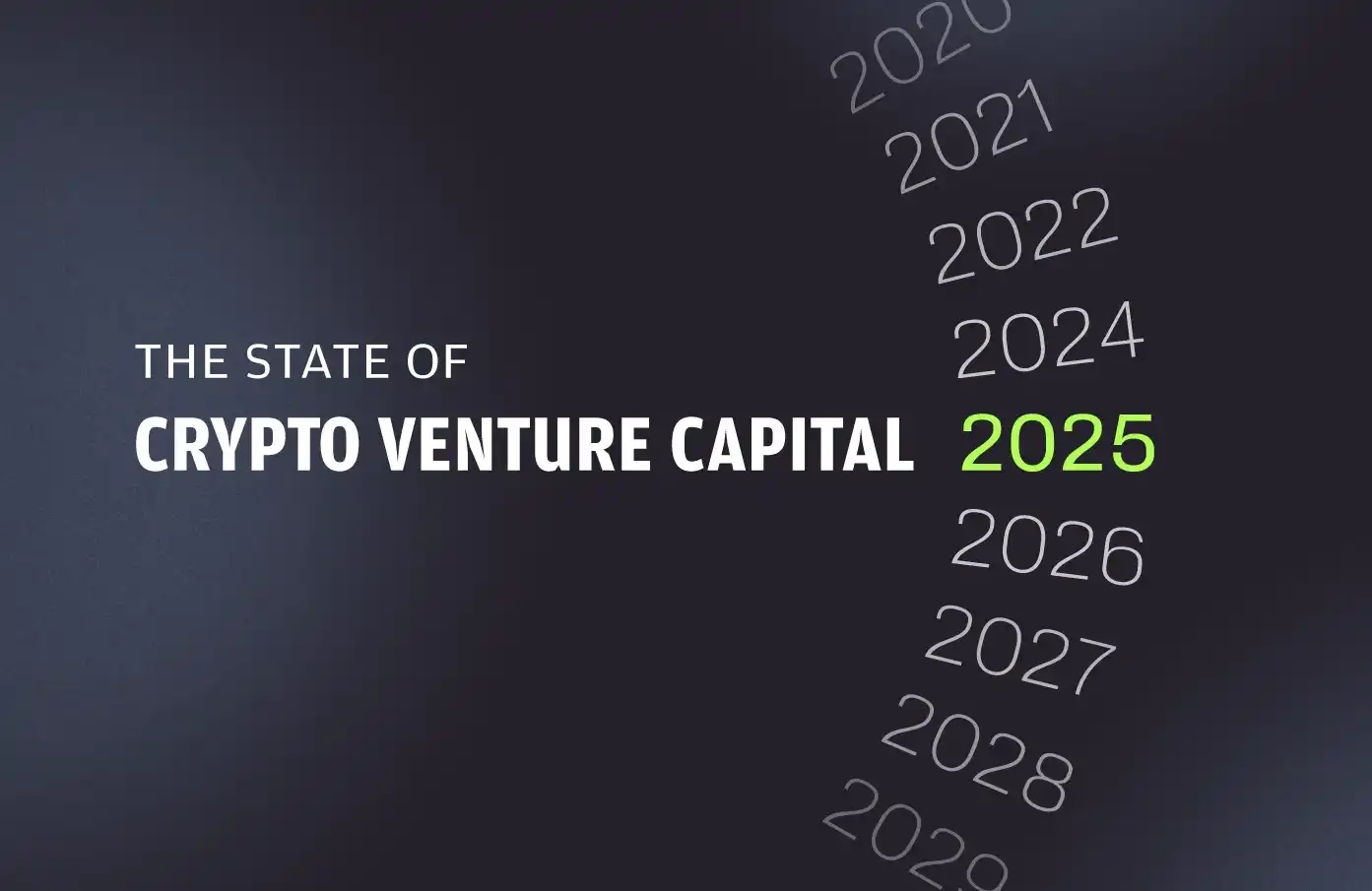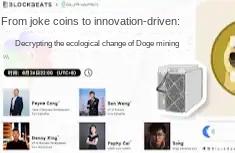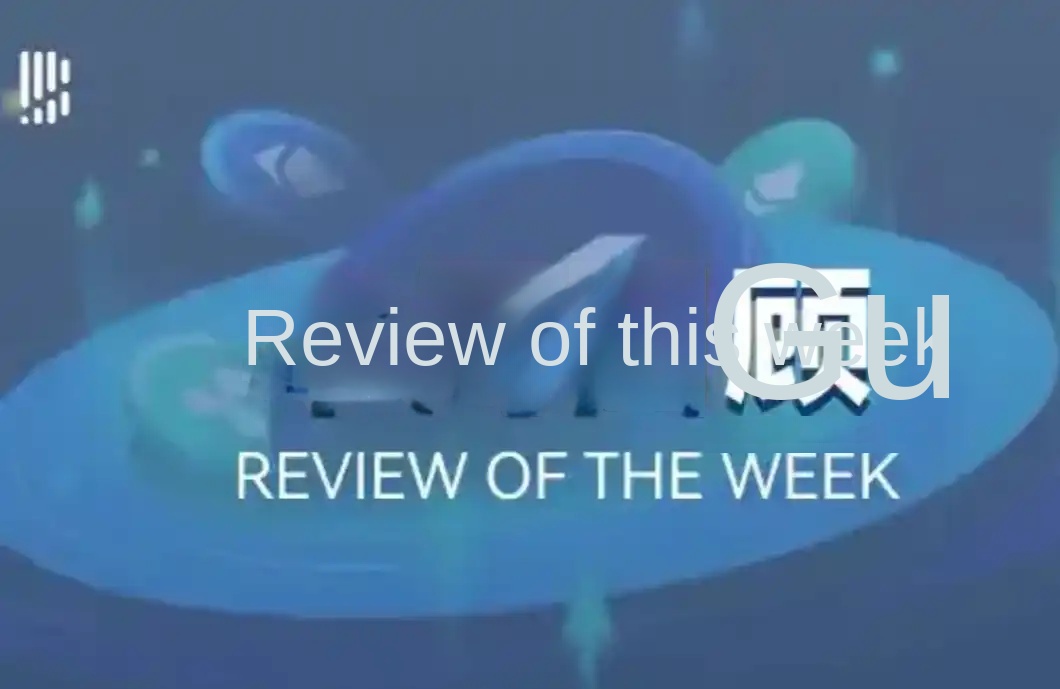Binance's New Playbook: Bonding Curve-Based TGE - What's the Story Behind Hyperion, the Debut Project?
Original Title: "Quick Look at Hyperion: What's Behind Binance's New Playbook First-Phase Project?"
Original Author: Alex Liu, Foresight News
On July 16 at 16:00, Binance Wallet will host the first Bonding-Curve Version TGE, launching the native token RION of the Aptos ecosystem DEX project Hyperion. This event requires eligible users to participate in the subscription using Binance Alpha Points, utilizing a "Bonding-Curve" algorithm to provide dynamic pricing and liquidity for RION.

Seizing this opportunity, we comprehensively review Hyperion's project positioning, technical features, funding history, data metrics, tokenomics, airdrop plan, and also introduce other popular projects within the Aptos ecosystem and overall activity.
Protocol Features: Hybrid Order Book + AMM + Aggregation
Hyperion is a decentralized exchange (DEX) native to the Aptos chain, integrating a hybrid model of order book matching and advanced automated market-making mechanisms. The core design is based on a concentrated liquidity model (similar to Uniswap V3), allowing liquidity providers to allocate funds in a specified price range, enhancing capital efficiency.
Hyperion also features a Directional Liquidity Market Maker (DLMM) mechanism, achieving zero-slippage trading for high-volatility assets by dynamically adjusting fund distribution within the x+y=k curve. Thus, Hyperion can efficiently serve stablecoin pairs while addressing the trading needs of long-tail assets, making it the first DEX on Aptos to cater to this scenario.
In June 2025, Hyperion introduced aggregation routing functionality, shifting its positioning from a single DEX to a cross-chain liquidity hub. This feature intelligently splits transaction paths, aggregating liquidity from all DEXs on Aptos to offer users the best price and lowest slippage.

According to Hyperion's official documentation, its "fully on-chain hybrid order book-AMM DEX" natively leverages the Aptos parallel execution engine, catering to both professional traders and retail users' needs. Furthermore, Hyperion is developing limit order functionality and includes features like a Vault, Drips incentives, forming a complete trading infrastructure layer.
Funding Situation: Institutional Participation from OKX, Maelstrom, and Others
Hyperion received support from multiple institutions shortly after its inception. In April of this year, Hyperion completed a strategic funding round with OKX Ventures leading the investment and Aptos Labs (supporter of the Aptos founding team) participating. Subsequently, other entities such as Maelstrom (family office of BitMEX founder Arthur Hayes) and Mirana Ventures joined the investment, although specific amounts were not disclosed.

Project Data: High Trading Volume and Active Users
In just a few months, Hyperion rapidly became the liquidity hub of the Aptos ecosystem. Currently, Hyperion is the protocol with the highest trading volume on Aptos, with a cumulative on-chain trading volume exceeding $6.5 billion. As of July, Hyperion's Total Value Locked (TVL) has surpassed $130 million. The daily trading volume fluctuates between $1.25 billion and $1.5 billion, reaching as high as $1.74 billion in early July.
According to DefiLlama data, Hyperion's total trading volume in the past 30 days exceeded $4 billion, ranking 12th among all DEXs.
Simultaneously, it has conducted numerous user incentive activities in collaboration with mainstream wallets and platforms. For example, DeFi activities with OKX Wallet, trading mining and airdrop events in collaboration with Bitget Wallet and Gate Wallet, bringing users and liquidity to the protocol.
Hyperion introduced the Drips point system, allowing traders, LPs, and community contributors to accumulate points through on-chain interactions linked to airdrops and governance. These initiatives together have promoted user growth, with nearly 940,000 participants in on-chain interactions on Hyperion to date.
Tokenomics: Dual-Token Model and Distribution
Hyperion adopts a dual-token model: the tradable native token RION (total supply of 100 million) and the governance token xRION generated through staking. RION is the utility token of the Hyperion platform used for fee payment, settling transactions, and distributing rewards. xRION is a non-transferable governance token that users can obtain by locking RION (up to 52 weeks) for governance and new project launch pool allocation. The xRION weighting is designed to linearly decay over time to incentivize long-term holding and continued participation.
Hyperion has announced the Genesis Airdrop arrangement: A total of 5% of RION will be used to reward early protocol participants. Of this, 3% will be released upon token generation, and the remaining 2% will be linearly unlocked one month after TGE. The use of RION also includes platform operation, ecosystem development rewards, etc. (the official documentation states that RION will serve as a platform participation incentive, distributed based on actual on-chain activities, and inactive users will not receive additional tokens). RION will be issued through the Binance Wallet's Bonding Curve mechanism, with its price determined by supply and demand, and will transition to a regular trading asset after the event.

Airdrop Details and Participation Method
Hyperion has established a community incentive and airdrop mechanism to drive user engagement. As mentioned earlier, its Genesis Airdrop covers protocol traders, liquidity providers, and community contributors, totaling 5% of RION. The key to qualifying for the airdrop is participation in the Hyperion ecosystem: users earn Drips points when trading, providing liquidity, or completing community tasks. Points are directly linked to subsequent token airdrops and governance weight, can be used to redeem future airdrop rewards, or gain Launchpad whitelist eligibility.
The Hyperion airdrop includes a lucky draw for the 2022 Aptos airdrop address, with approximately 800 addresses randomly selected to be eligible to claim RION.
Participate in Binance Wallet Bonding Curve Version TGE
This RION TGE is exclusively issued by the Binance Wallet's Bonding Curve Version TGE, marking the first such event of Binance Alpha. The subscription period is scheduled for July 16, 2025, from 16:00 to 18:00, and participation requires Binance Alpha points.
The event rules are as follows: each user can invest a maximum of 3 BNB to participate in the subscription (Note: the 3 BNB limit rule is from the old version TGE rules, and it is not explicitly stated in this event with Bonding Curve rules, there may be a misunderstanding by the original author, a clarification is provided here), the smart contract will dynamically calculate the current price based on the total RION sold. Once the user confirms the investment, the BNB is locked, and an equivalent amount of RION is allocated to their Alpha account; at this stage, RION cannot be withdrawn off-chain, and can only be traded with other users on the event page. Orders are irreversible once submitted, and will be executed as long as there are matching orders from other users. At the end of the event, all unexecuted BNB will be automatically refunded to the wallet, while the user's RION holdings will be unlocked and become freely tradable assets.
Simply put, it means “Buy Early, Buy Cheap; Buy Late, Buy Expensive”. During the event, only “internal market trading” is allowed, and after the event, free trading is permitted.
Welcome to join the official BlockBeats community:
Telegram Subscription Group: https://t.me/theblockbeats
Telegram Discussion Group: https://t.me/BlockBeats_App
Official Twitter Account: https://twitter.com/BlockBeatsAsia
 Forum
Forum

 Finance
Finance
 Specials
Specials
 On-chain Eco
On-chain Eco
 Entry
Entry
 Podcasts
Podcasts
 Activities
Activities
 OPRR
OPRR









